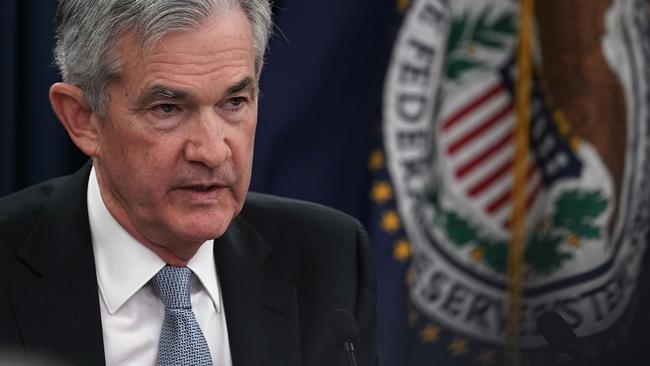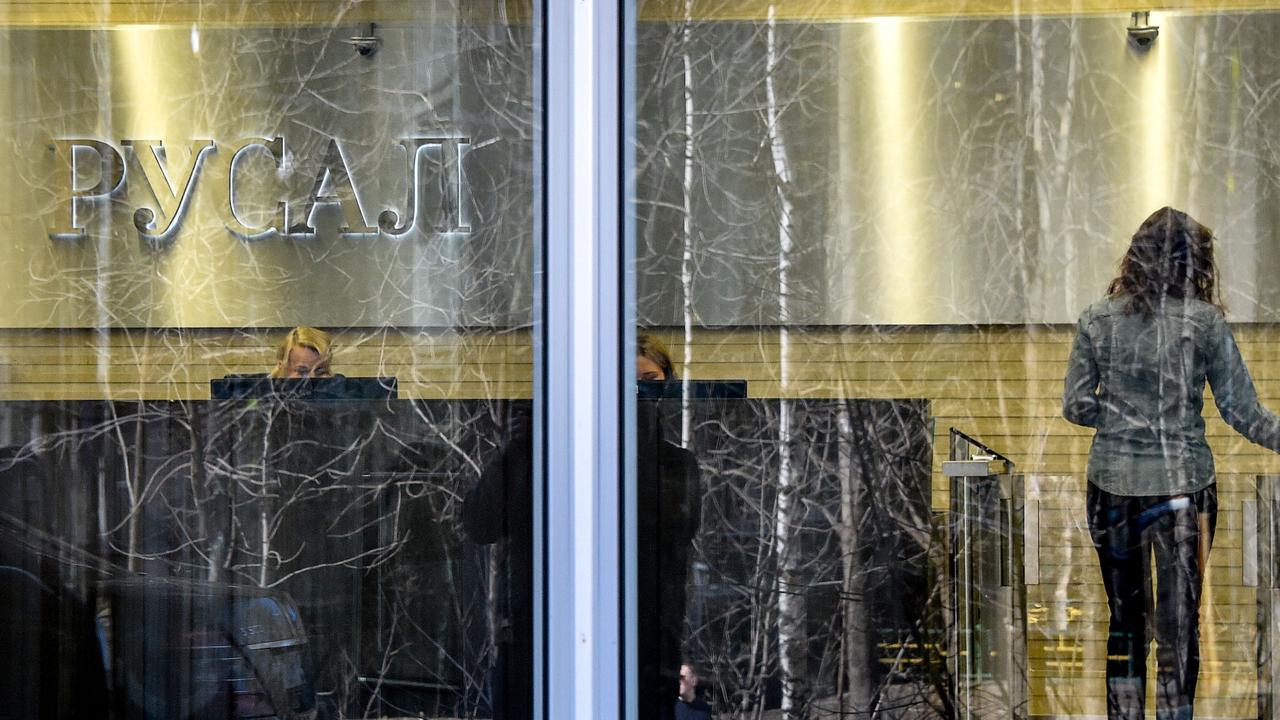Markets’ response to US Fed curious and contradictory
The Jerome Powell-led Fed’s first decision was seen as following Janet Yellen’s cautious course. Appearances can be deceptive.

The 25 basis point increase in the federal funds rate was already priced in, so the fact of the rise wasn’t going to move markets. US stockmarkets, which fell over the day, actually rose briefly after the decision while bond yields edged down and the US dollar fell.
It would appear that the first decision by the Powell-led Fed and his first press conference as chairman was interpreted by the markets as evidence that a Powell Fed will follow the same cautious and conservative course pursued under his predecessor, Janet Yellen.
That conclusion may have been drawn from the median projection in the forecasts by members of the Fed’s Open Market Committee of only two more interest rate rises this year. After seemingly “hawkish’’ comments by Powell about the outlook for the US economy earlier this year the odds on a fourth rate rise rose quite sharply.
The Fed’s statement overnight appeared to dispel that prospect.
Appearances can be deceptive. The focus on the median projections disguised the fact that, while eight committee members expected there to be only three rate rises this year, seven of them foresaw at least four — three more than was the case at the last committee meeting in December.
Moreover, they are now seeing a slightly steeper trajectory for US official rates than they did in December, lifting the number of rate rises they expect next year from two to three and another two in 2020, which would see the fed funds rate sitting around 3.25 per cent and 3.5 per cent by 2020, or about 30 basis points higher than their previous projection.
At that 2020 level the rate would be above the Fed’s forecast of the neutral rate for US economy growth — the rate at which the economy can grow sustainably without igniting inflation — which was unchanged at 1.8 per cent. In other words, the Fed expects to have to tap the brakes on the US economy within the next couple of years.
The risk for markets, of course, is that it might have to do more than tap them.
US unemployment is, at 4.1 per cent, already at its lowest level since the turn of the century. The economy is expected to grow 2.7 per cent this year (slightly higher than the Fed’s previous forecast) and the Fed rate projections imply that the officials see an acceleration as the full effect of the Trump tax cuts and a bulge in US government spending flows through.
While Powell restated the Fed policy of gradualism, or in Powell’s terms “striking that middle ground’’ between raising rates too slowly or too quickly, the potential for inflation to surge is a wildcard for the Fed.
The other big wildcard is the Trump administration’s protectionist leanings. At the post-meeting press conference Powell said trade policy was an emerging issue of concern among the business leaders the Fed speaks to but said that there was “no thought’’ that trade policy would have an effect on the current outlook. The Fed might become more concerned, however, if trade disputes escalated and other countries retaliated.
With the recent announcement (yet to be fully fleshed out) of increased tariffs on steel and aluminium imports and an imminent announcement of a set of wideranging imposts on China’s export to the US — Trump is targeting a $US60 billion to $US100 billion reduction in the US trade deficit with China — the potential for escalation is growing, particularly as China is said to have developed some selective and quite strategic responses should the Trump administration press ahead.
A tit-for-tat developing trade war wouldn’t be good for the US economy, China’s or, for that matter, the global economy. Trump and some of his advisers might think “trade wars are good and easy to win’’ and see trade as a zero sum game where there is a winner and a loser but they are destructive for all the participants.
The global nature of modern supply chains, and the importance of the US and China to the global economy, means the fallout from a significant US trade conflict with China would also damage innocent bystanders.

The passive responses by the markets suggest they have been reassured by the apparently seamless transition from the Yellen Fed to Powell’s and the continuity of the messaging.
The fall in the already-weak dollar was somewhat puzzling, given the steepening of the projections for US rates, which ought to attract foreign capital, not deter it.
It might be the majority view within the Fed on the number of rate rises this year that saw demand for the dollar slip. Or it might be that currency markets are still more focused on trade issues than near-term rates.
It could even be that the longer term trend of a declining dollar is the most powerful force, a trend which appears to driven by concerns about the blowout occurring in US government debt and deficits as the Trump administration borrows to ramp up the growth in an economy that was already nearing its capacity.
The risk of an eventual breakout of inflation, a belated and therefore heavy-handed response from the Fed and a recession at a point where the government and US corporates are overly indebted has been seen to be rising. Plus, outside the US there is bemusement and concern at the novel and unpredictable way the administration behaves.
As discussed recently there has been a material blowout in the relationship between the London Interbank Offered Rate (LIBOR) and UAS short term Treasury yields and the spread between LIBOR and the Overnight Index Swap rate (OIS) is at its greatest in six years.
LIBOR is the benchmark rate off which floating rate loans are priced and the OIS rate is what it costs to swap floating rate money for fixed rate funds. The ballooning in the spreads is a sign of rising credit risks within the global economy and banking system.
At a practical level, it means rates are rising for borrowers, particularly the large corporates that tap into global bond markets, independently of whatever the Fed does or might do.
In the US there is also another shoe to drop, as the Fed’s steady shrinkage of its crisis-swollen balance sheet (a “set and forget’’ policy that Powell is committed to maintaining) overlaps the dramatic increase in the US government’s issuance of Treasury bonds to fund its trillion dollar deficits.
As the issuance swells and the Fed’s reinvestment of the proceeds from maturing bonds falls — which will equate to the loss of a source of demand for new issues of about $US230 billion — there will inevitably be upward pressure on bond market yields, flowing through to corporate and household rates.
If the global trends continue and the US bond market and commercial rates develop along the lines anticipated, those Fed watchers who saw nothing to fear from the outcome of Powell’s first meeting and press conference as chairman — who ignored the steepening and quickening of official rate expectations — might be proven right. That’s not necessarily great news for the US, or anyone else.






Financial markets’ responses to the US Federal Reserve Board’s first rate rise under new chairman Jerome Powell were curious and, at face value, contradictory.